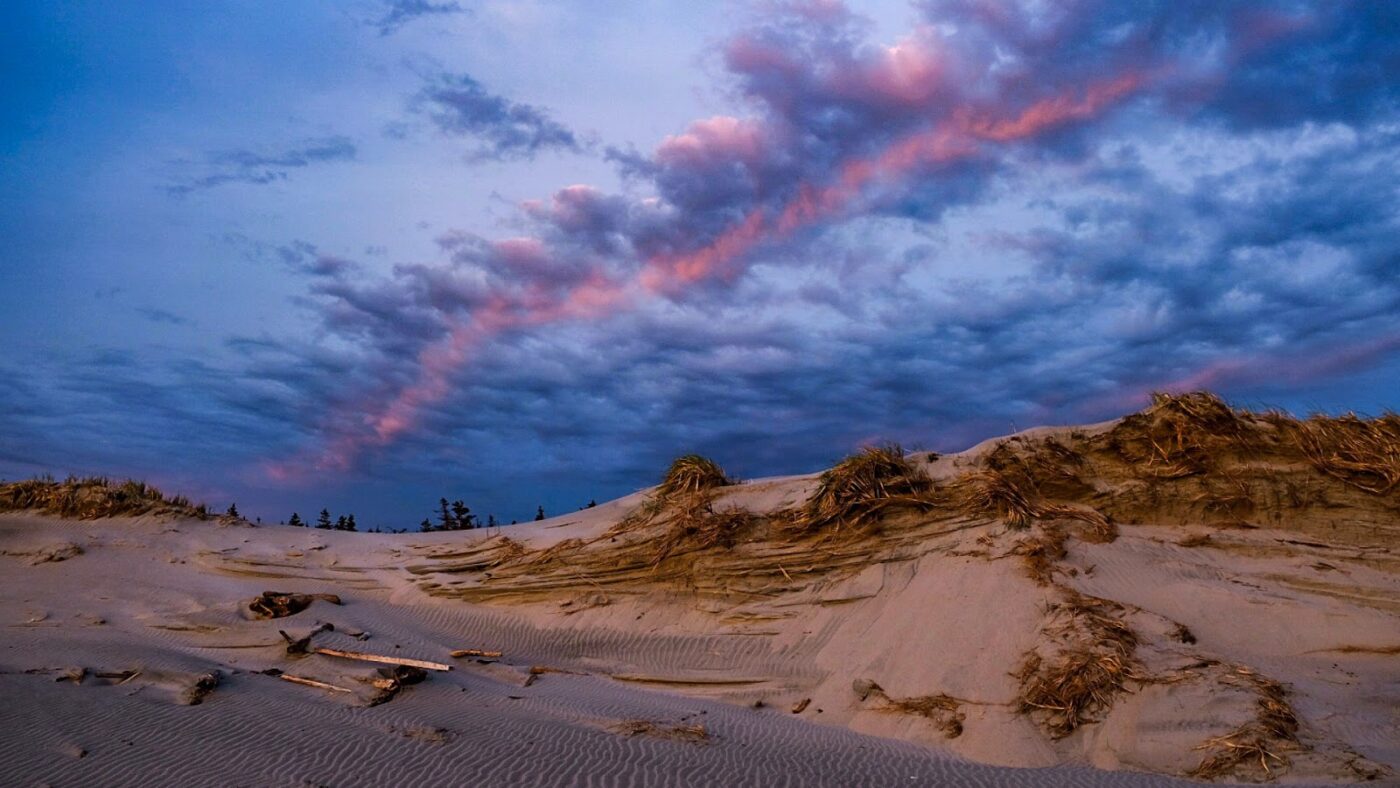Too Long; Didn’t Read
Canada has the planet’s longest coastline. It stretches an amazing 240,000 km. Forget what you think you know about beaches here.
Expect surprising variety:
- Warm Atlantic waters: Swim at Parlee Beach (NB) or hear “singing sands” on PEI.
- Vast freshwater shores: Visit Wasaga Beach (ON), the world’s longest freshwater beach, or dramatic dunes at Sandbanks (ON) and Grand Beach (MB).
- Wild Pacific surfing: Ride waves year-round (wetsuit required!) with rainforest backdrops in Tofino (BC) or hike to secluded San Josef Bay.
- Arctic wonders: Experience midnight sun beaches at Bennett Lake (YT) or see the Northern Lights over snow at Kathleen Lake (YT) in winter.
- Unique features: Singing sands, massive tides, geological wonders, wildlife encounters (elk, bears, Arctic terns), Indigenous connections, and adventure activities (kitesurfing, kayaking).
- For everyone: Find family-friendly spots, remote wilderness escapes, or urban oases like Vancouver’s Kits Beach.
Think you know beach destinations? Canada might surprise you. Forget just sand and sun – here, beaches come with wild landscapes, rare natural events, and adventures shaped by three huge oceans and so many lakes. Just pack layers and go explore!
Canada’s Hidden Coastal Treasures
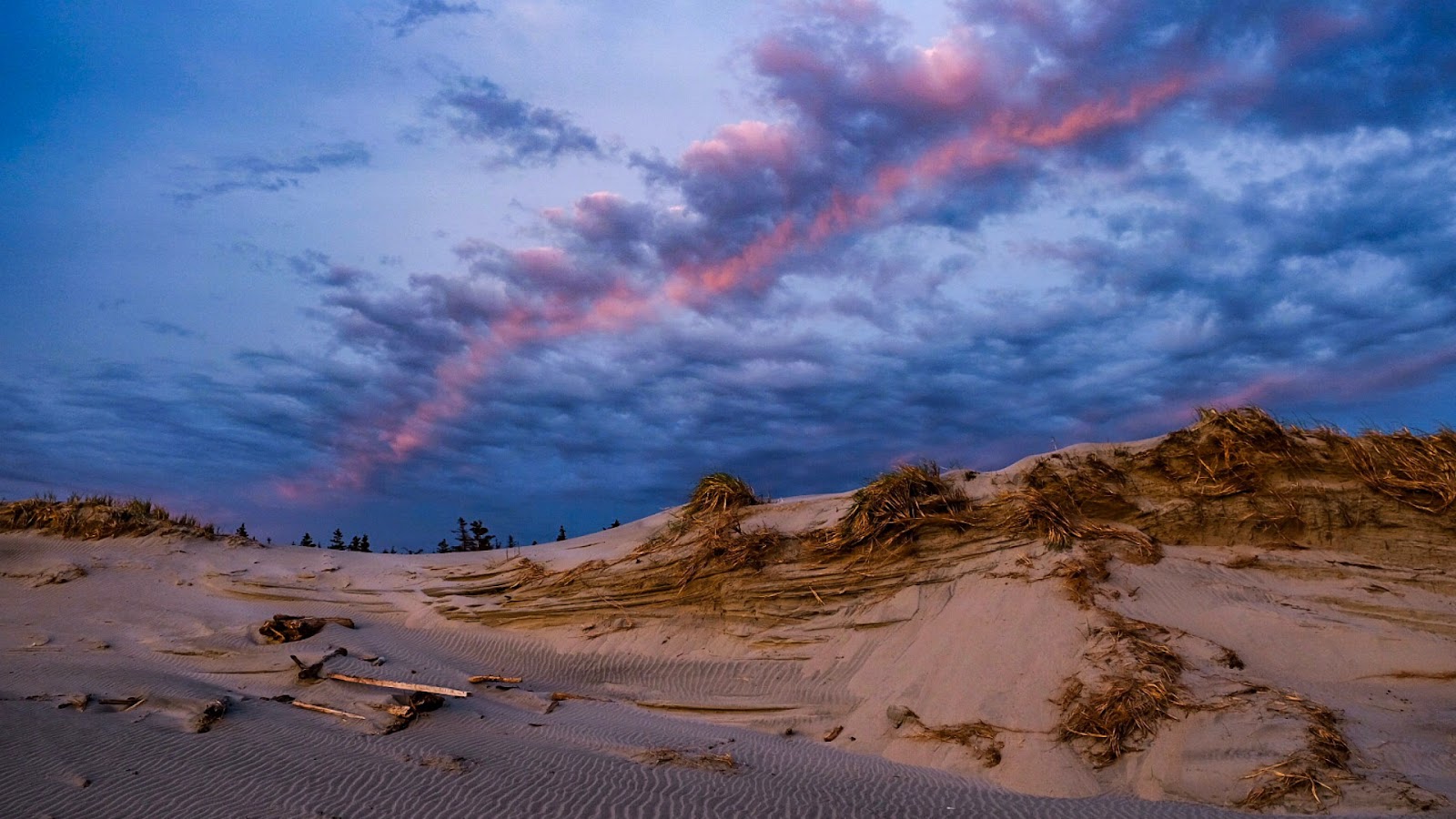
Most people think Canada means snow, maple syrup, and hockey. But here’s a surprise: this country actually has more coastline than any other place on Earth – a massive 240,000 kilometers of incredibly varied shores.
Canada offers beach experiences that might change your mind about northern coasts. Picture Caribbean-warm waters in New Brunswick. Or sands that sing in Prince Edward Island. Imagine Arctic beaches where northern lights shimmer over water at midnight.
You can surf below snowy mountain peaks. You can build sandcastles on huge freshwater dunes. Canadian beaches really shake up what a “beach destination” looks like. Let’s explore this coastal wonder, stretching from three different oceans to countless clear lakes.
Atlantic Canada: Where Warm Waters Meet Wild Shores
Newfoundland’s Geological Wonders
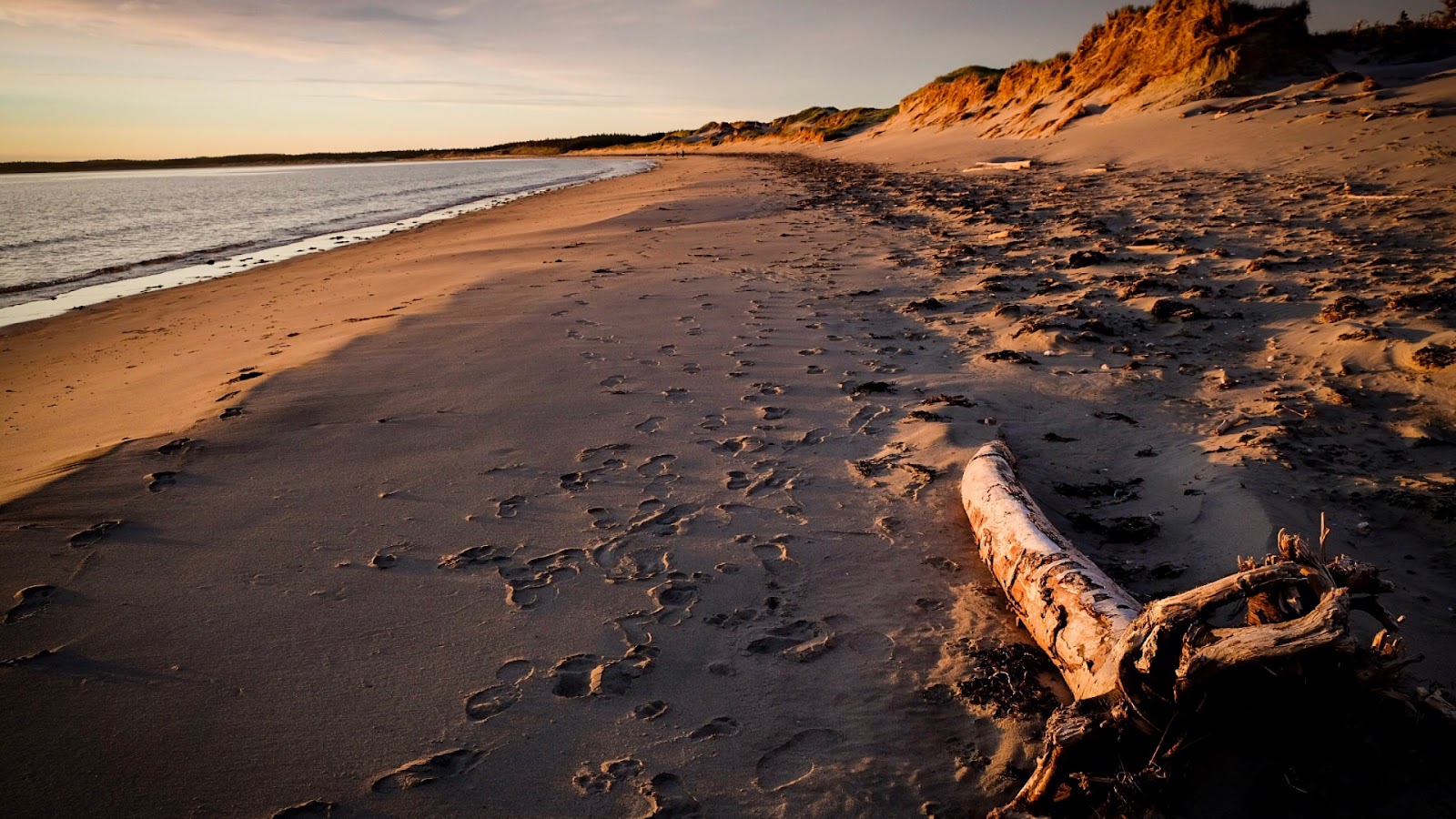
Shallow Bay hides like a gem along Newfoundland’s western coast. This beach offers more than swimming. You witness geological history right there.
Ancient rocks formed millions of years ago surround you. Sunsets paint the sky in colors that make your Instagram feed pop. Water stays cool, even in summer. Locals love a quick dip anyway.
Prince Edward Island’s Musical Sands
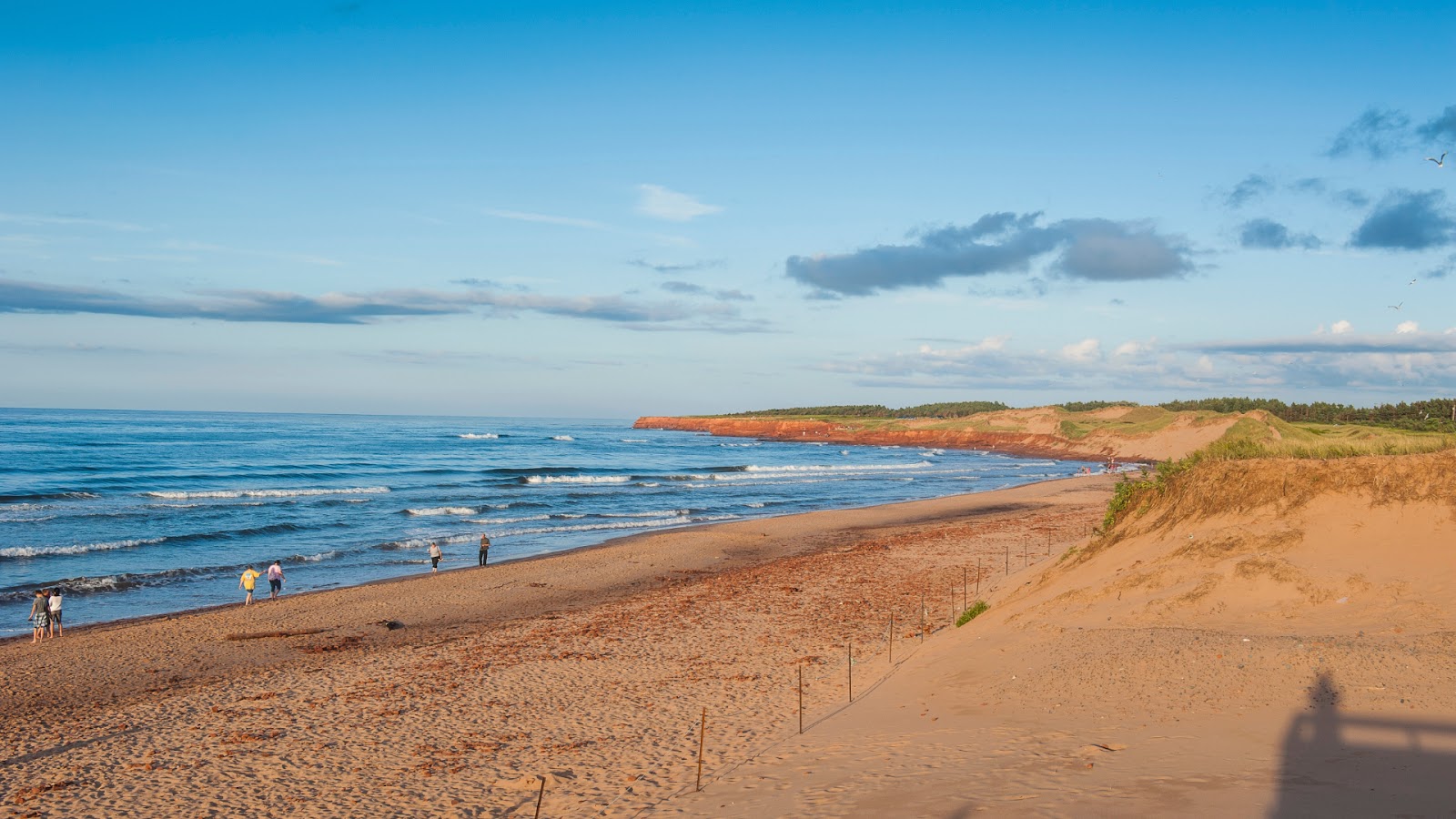
PEI beaches really deliver. Walk on Basin Head’s “singing sands” and you’ll hear it – those quartz crystals actually squeak under your feet. It’s like nature playing a tune just for your walk.
Thunder Cove feels totally different. Massive red sandstone cliffs tower there. They block wind nicely, making great spots for picnics right up top. See that bright red rock against blue water? It makes stunning views everywhere you look.
New Brunswick’s Warm Welcome
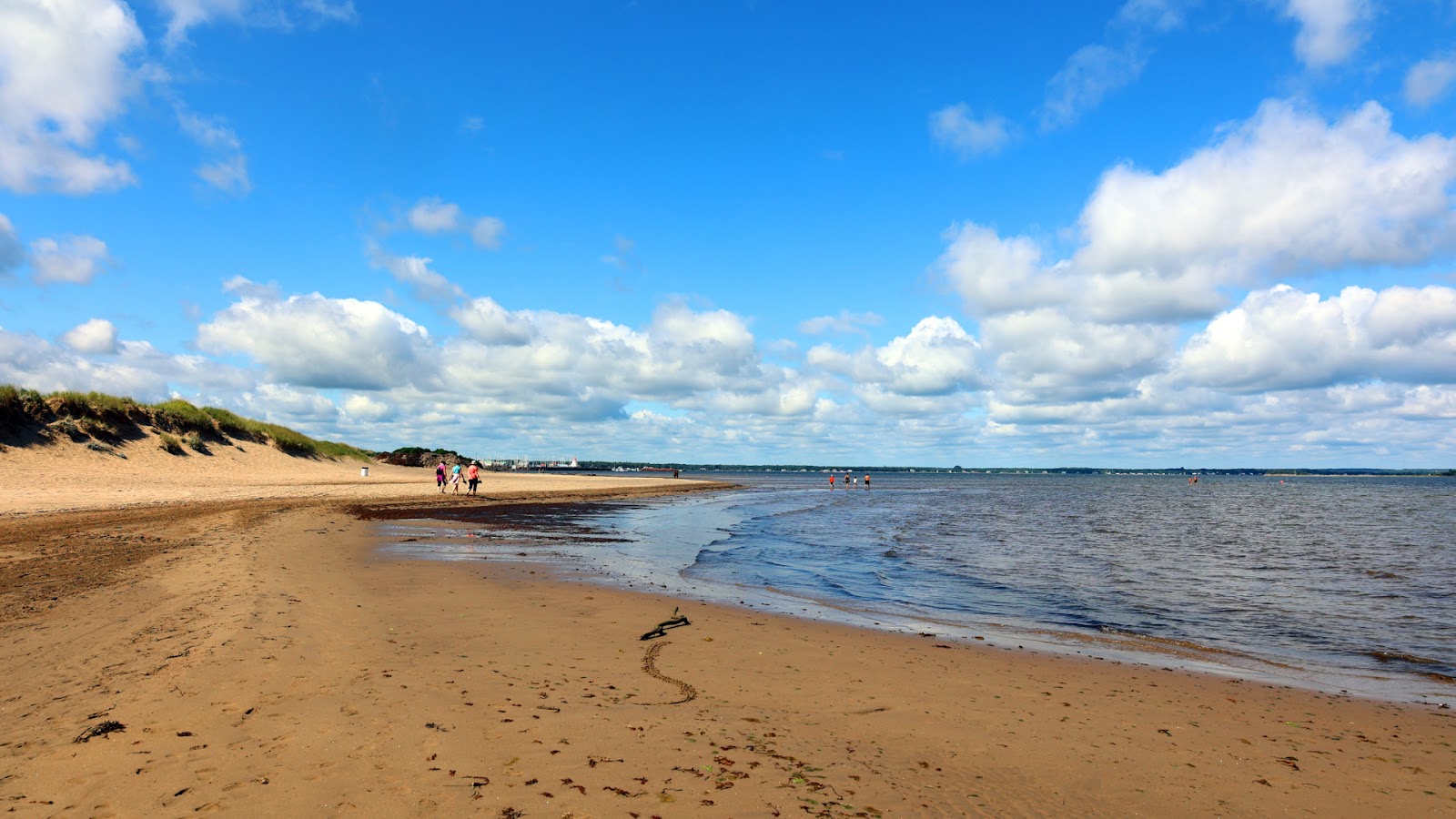
Parlee Beach has Canada’s warmest saltwater. In peak summer, water hits a pleasant 20°C (68°F). That feels almost tropical up here!
Just down the road, Shediac makes the most of this warmth. Think lobster feasts. Imagine biting into a fresh lobster roll, feeling warm sand underfoot, and stepping into water that doesn’t shock you. That’s the beach life in New Brunswick.
Central Canada: Freshwater Paradise
Quebec’s Island Adventures
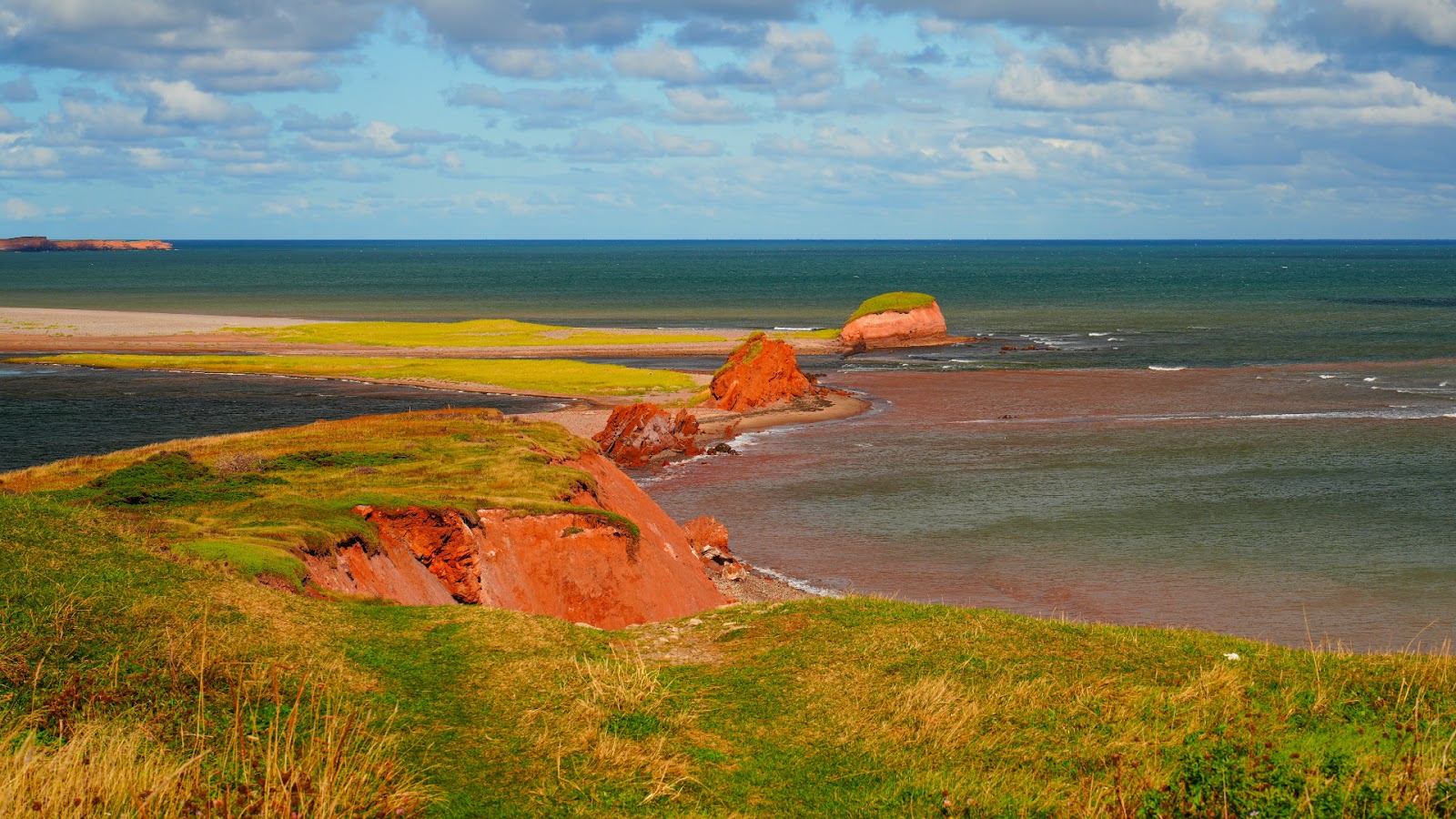
Îles de la Madeleine could be Quebec’s best secret. Amazing kitesurfing thrives here. Consistent winds and sheltered lagoons create perfect conditions. Stunning red cliffs frame your time on the water. Local seafood keeps you fueled between sessions.
It feels like stepping into another world. French culture blends beautifully with maritime tradition.
Ontario’s Record Breakers
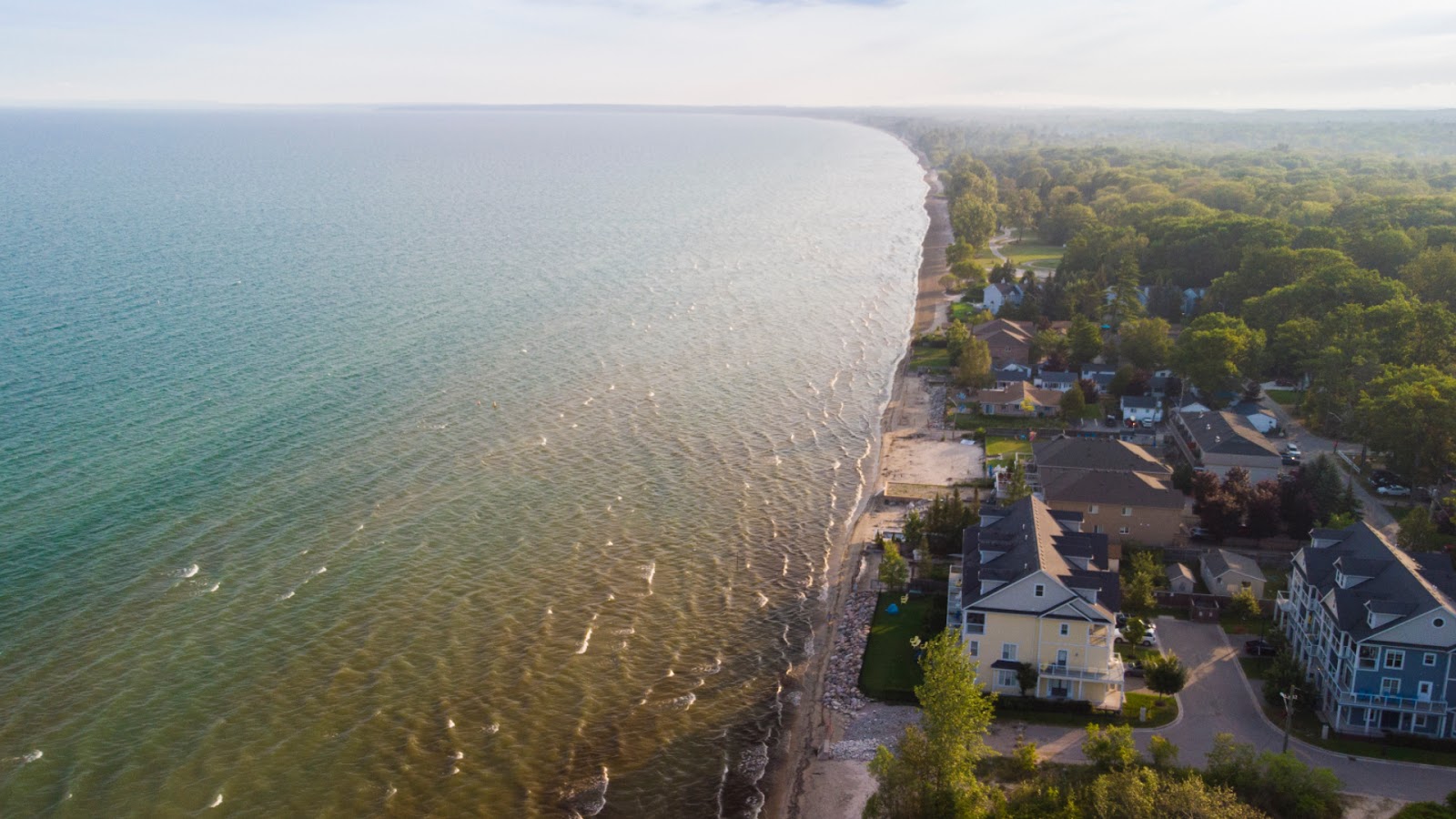
Stretching 14 kilometers beside Georgian Bay, Wasaga Beach holds the title of world’s longest freshwater beach. Yep, that’s a whole lot of sand. Plenty of room for volleyball games, building sandcastles, or just finding a quiet spot for a nap.
Over at Sandbanks Provincial Park, you’ll find something different: big sand dunes. Wind constantly reshapes them. Forget typical lake beaches; this spot feels like small deserts meeting clear water. Climbing these dunes is a favorite activity for both kids and grown-ups.
Western Canada: Where Mountains Meet Ocean
British Columbia’s Surf Culture

Chesterman Beach by Tofino? It’s basically Canada’s surfing HQ. Sure, you need a wetsuit year-round. Totally worth it though. Picture riding waves with ancient rainforest right behind you. That view? Unique. Can’t get it elsewhere.
San Josef Bay asks a bit more of you. It’s a 2.5-kilometer walk through coastal rainforest. But stick with it. Your reward? Pure wilderness and those incredible sea stacks shooting up from bright blue water. Feels like finding a hidden place most never see.
Prairie Lakes and Northern Wonders
Manitoba’s Dune Systems

Grand Beach on Lake Winnipeg stuns people with huge sand dunes. They’re freshwater, not ocean, yet match dunes you’d see on Atlantic or Pacific coasts. This beach goes on forever, giving everyone lots of space to spread out.
Yukon’s Midnight Sun Shores
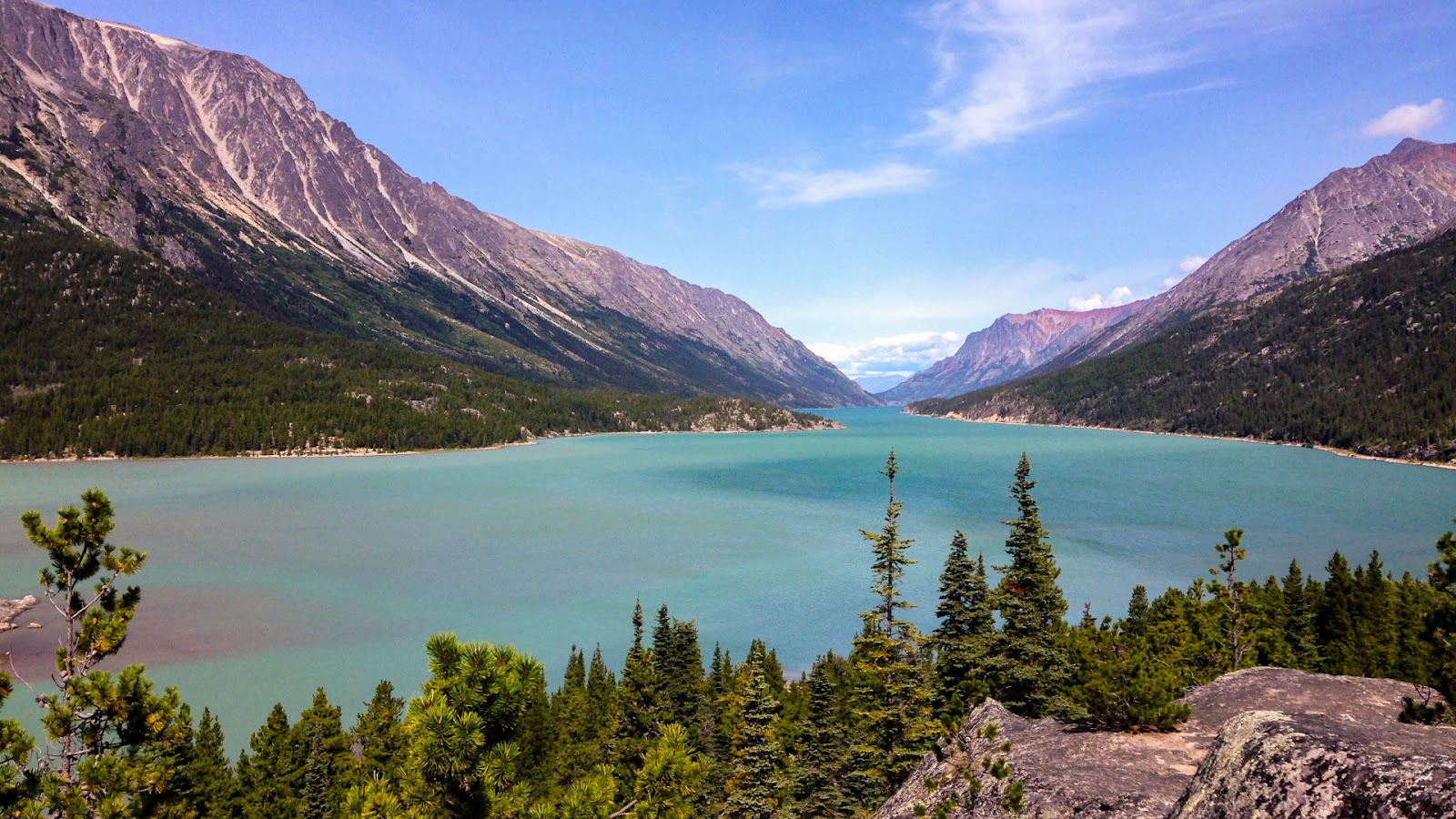
Bennett Lake does something special: beaches under a midnight sun. Come summer, daylight lasts way past bedtime. Picture surreal beach moments at 11 PM. Calm waters shimmer with mountain reflections. Sometimes, the aurora borealis even shows up unexpectedly.
Kathleen Lake pushes northern beaches further. Visit in winter, if you’re tough enough. You’ll find shores lit by the aurora. Imagine northern lights dancing over snow-covered beaches. It feels completely otherworldly.
What Makes Canadian Beaches Special
Natural Phenomena You Won’t Find Elsewhere
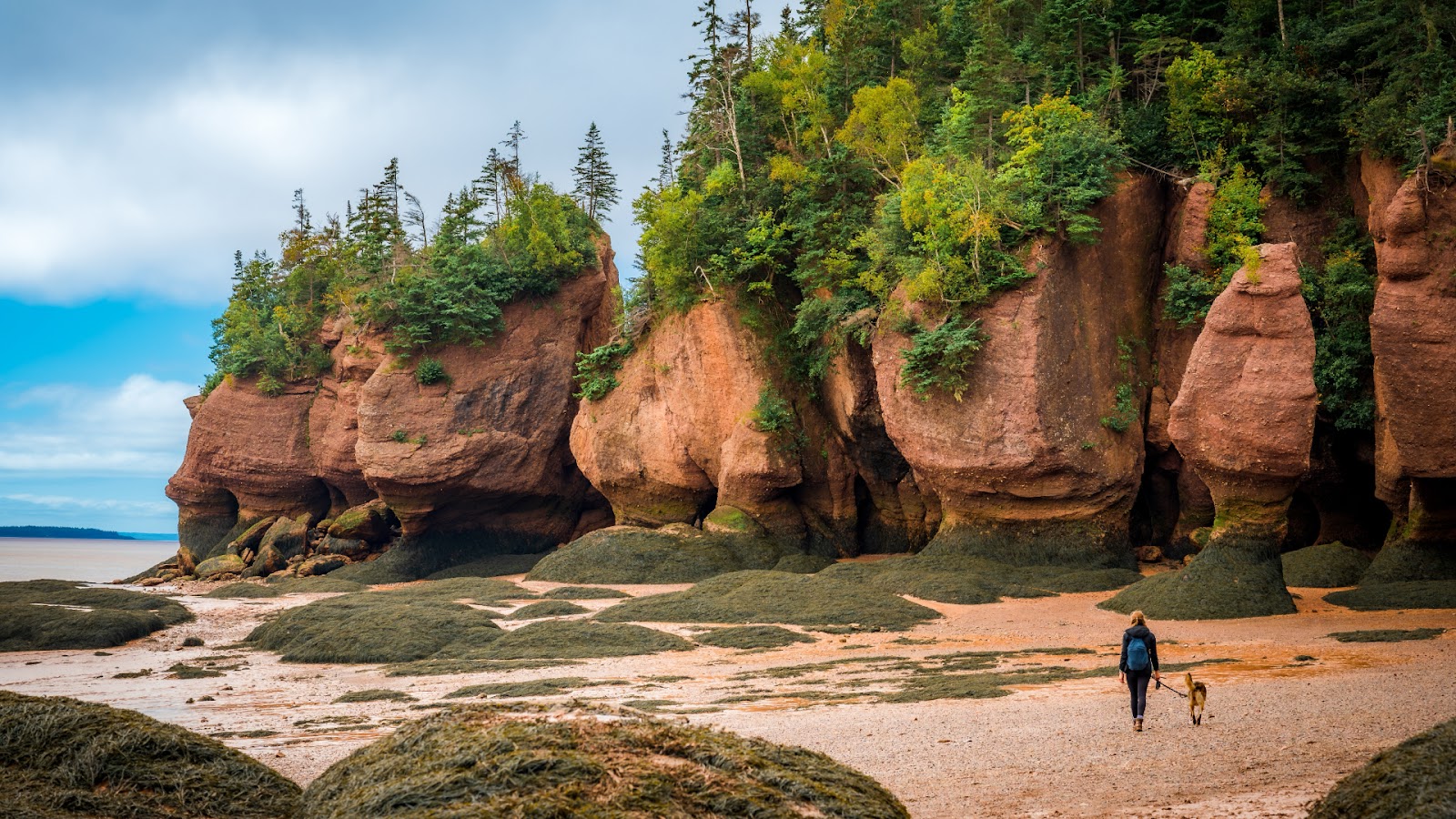
Canada’s beaches offer amazing natural variety. Tides reshape coastlines daily. It’s especially dramatic at places like Ingonish Beach. There, tide cycles create temporary lagoons called “barachois”. These lagoons pop up and vanish with the tides.
You also find big contrasts between freshwater and saltwater spots close together. Swim in Lake Superior’s clear waters one day. Feel Bay of Fundy’s powerful tides next. It’s all possible without traveling far.
Adventure Beyond Swimming
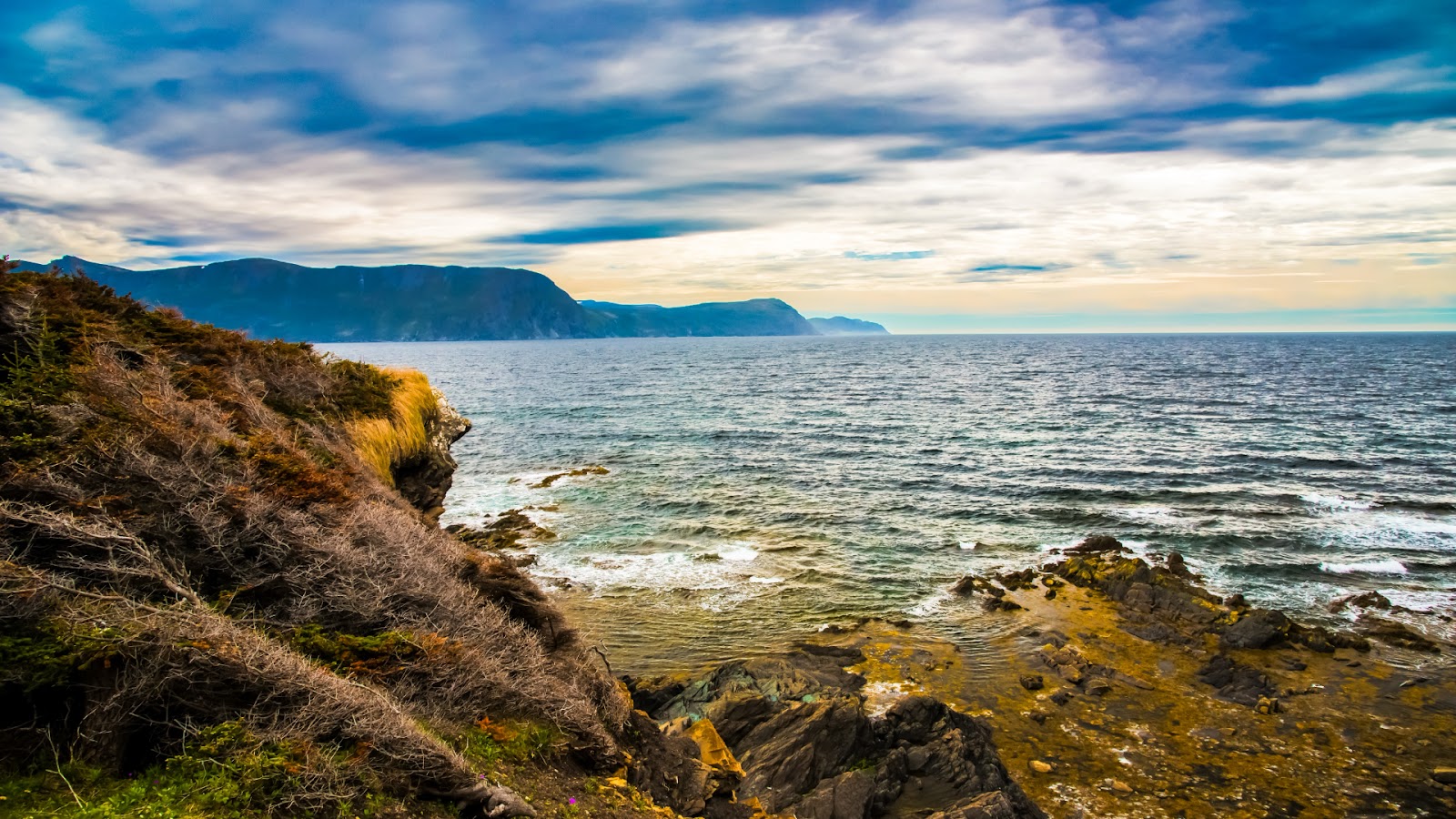
Tofino surfing now catches the world’s attention. Sure, cold-water waves take dedication. But riding them, surrounded by that lush rainforest? That makes memories you keep forever.
Up in Gros Morne National Park, try kayaking among Arctic terns. Relax on beaches, then meet these impressive travelers. They fly unbelievable distances each year. Being near them on their stopover feels special.
Quebec offers great kitesurfing too. Steady winds and sheltered bays around Îles de la Madeleine create ideal spots. It works well whether you’re just starting out or already skilled.
Wildlife Encounters
Canada’s beaches show totally different wildlife from coast to coast. Up at Waskesiu Lake in Saskatchewan, spotting elk along the shore is a real highlight. These big animals often come down to graze near the water early in the morning or late in the evening. It’s a pretty special sight.
Down at Annette Lake in Alberta, it’s a reminder beaches here are part of wild country. Seeing bears means you need to be smart. Storing food correctly and staying alert turns a possible problem into a safe, memorable part of your trip.
Cultural Connections
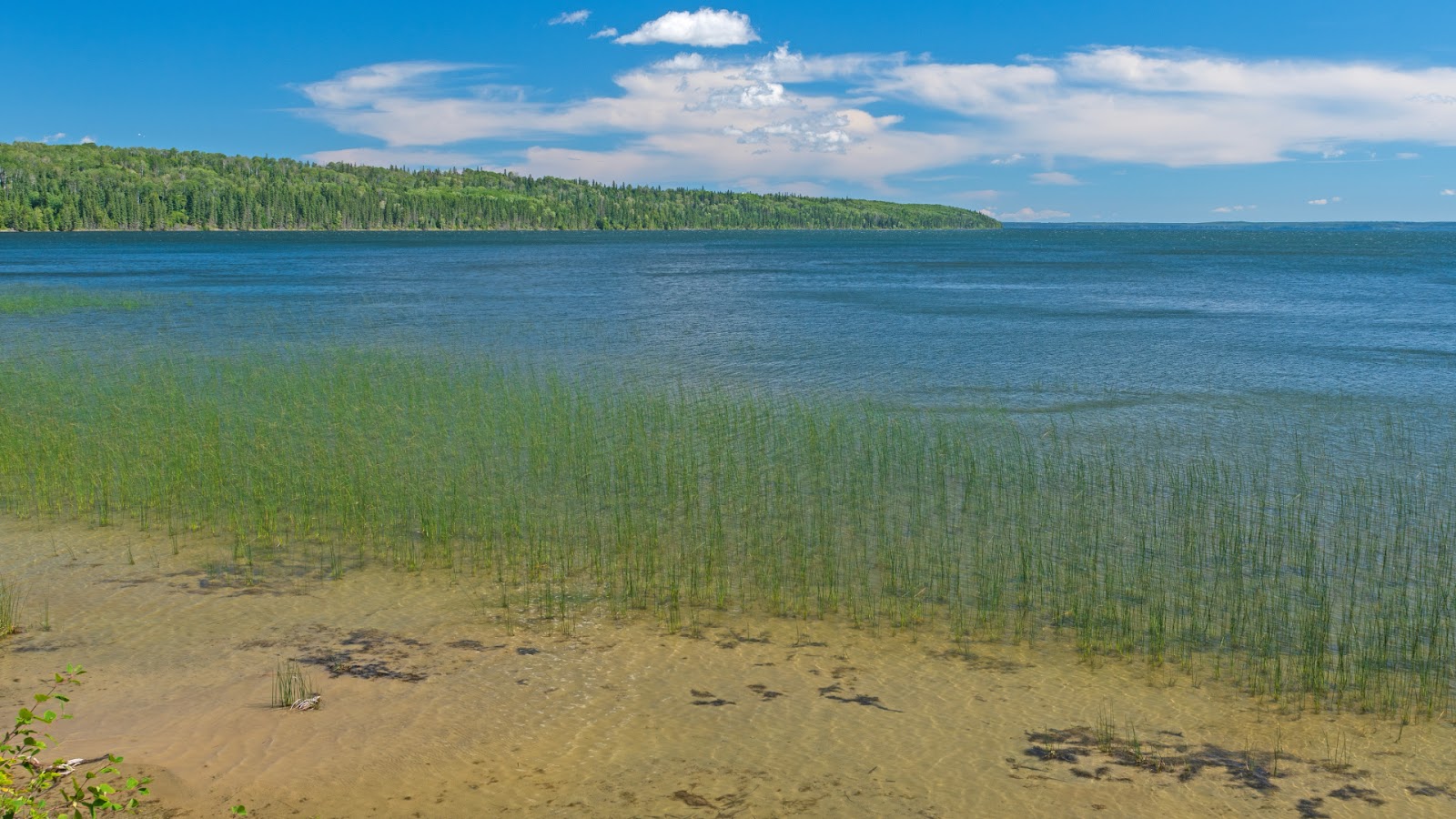
Many Canadian beaches carry meaning from Indigenous stories. Take Waskesiu – that name comes from Cree, meaning “red deer.” Knowing these connections makes a beach visit richer and respects the first peoples of this land.
Coastal towns keep traditions alive on their shores. Think of lobster feasts by Parlee Beach, rooted in generations of sea life. Or Pacific communities honoring salmon runs – a vital resource for thousands of years.
Finding Your Perfect Canadian Shore
Family-Friendly Havens
Cavendish Beach on PEI has family essentials covered: lifeguards, showers, and sandcastle contests. Parks Canada also offers beach wheelchairs, so everyone gets to enjoy the beach.
Over at Saskatchewan’s Good Spirit Lake, waters stay calm and warm. That makes it perfect for little ones learning to swim. No waves or currents, just gentle freshwater fun.
Wilderness Escapes
Getting to San Josef Bay takes real effort. That 2.5-kilometer trek through the rainforest? It acts like a filter. Casual day-trippers often skip it. What do you find at the end? Pristine beaches, mostly yours alone if you make the trip. Serious adventurers can camp nearby too, extending time in that wild setting.
Over at Aguanish Beach in Quebec, it’s genuine backcountry camping right on sand. Don’t expect many facilities. Fewer amenities mean fewer people. You get a deeper connection with raw coastal beauty without crowds.
Urban Beach Oases
Kitsilano Beach proves city beaches can be fantastic. Right there, you find a heated saltwater pool next to natural swimming spots, all with Vancouver’s skyline making a great backdrop.
Urban beaches really shine with their convenience. Think easy access, places to eat close by, and evening activities – things remote beaches just don’t offer.
Making the Most of Your Beach Adventure
Planning Your Trip:
- Visit July-August for warmer water and steadier weather. September usually means fewer people but still nice conditions.
- Northern summers? Think midnight sun. Imagine hitting the beach at 11 PM – it’s pretty wild.
- Winter at spots like Kathleen Lake? If you don’t mind the cold, you might see the Northern Lights over the shore. Few folks get that view.
What to Pack & Know:
- Always bring layers. Even summer days near big water can cool off fast. Swimming comfortably on Pacific coast beaches? Needs a wetsuit, any time of year.
- Watch tides closely around Bay of Fundy, like Hopewell Rocks. Those huge tides can trap you or open up hidden paths. Seriously, timing is everything here.
Protecting Places & Access:
- Follow Leave No Trace rules. Beaches like Sandbanks and Grand Beach have delicate dunes formed over thousands of years. Damage happens easily.
- Parks Canada is adding more access features. Things like beach wheelchairs at Cavendish Beach help more people enjoy these special spots.
Regional Beach Highlights at a Glance
| Region | Signature Beach | Water Type | Notable Feature |
| Atlantic | Parlee Beach, NB | Saltwater | Warmest ocean water in Canada |
| Central | Wasaga Beach, ON | Freshwater | 14km of sandy shoreline |
| Pacific | Long Beach, BC | Saltwater | Year-round surfing culture |
| Northern | Kathleen Lake, YT | Freshwater | Aurora borealis viewing |
Canada’s Unique Beach Identity
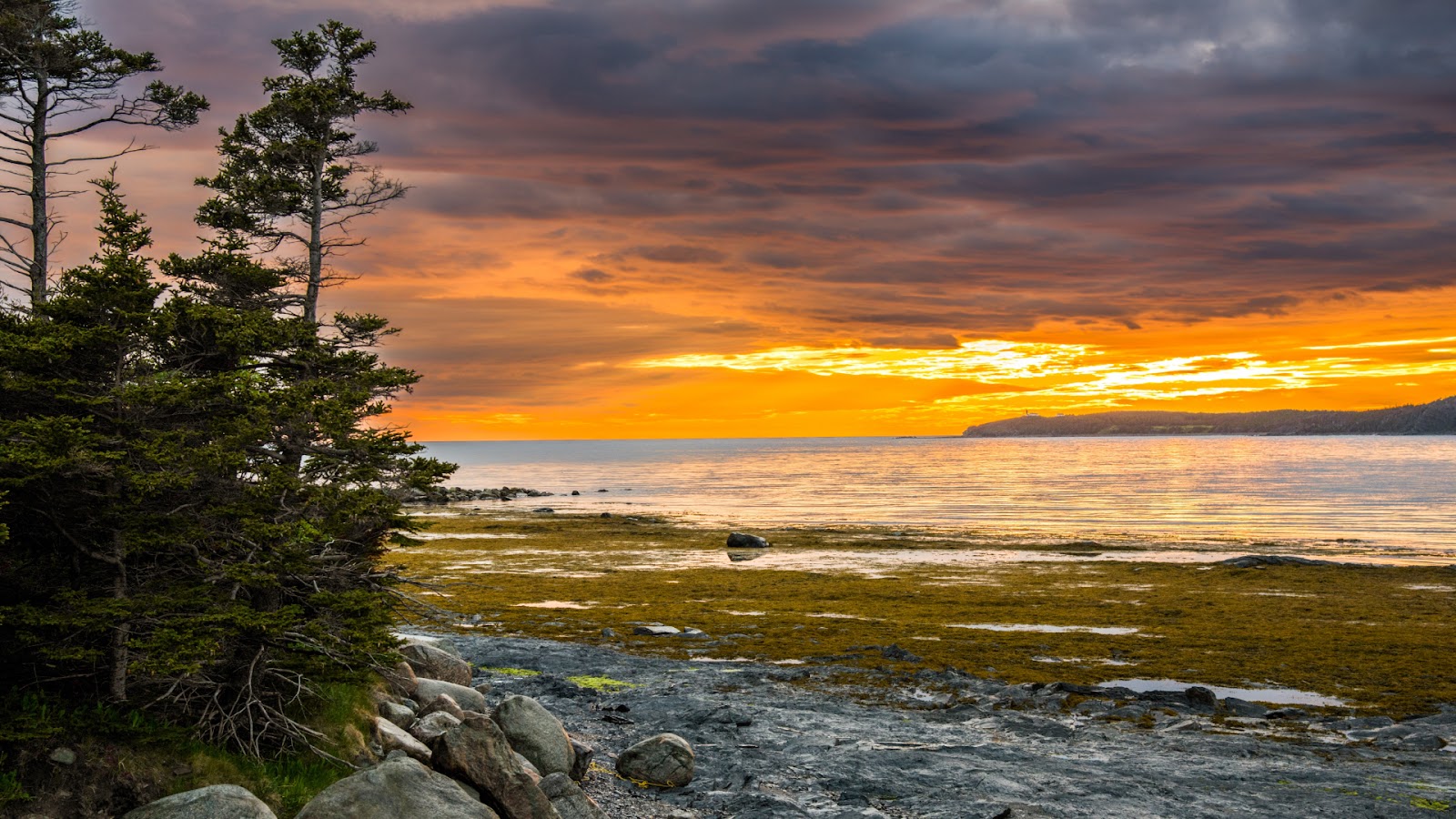
Forget what you think you know about northern destinations. Canadian beaches surprise you. Surf near snow-capped mountains? Walk on sand that actually sings? See the northern lights mirrored in ocean water at midnight? Yeah, that happens here.
These shores are a unique mix of land, water, and raw nature. You won’t find this combo anywhere else. Think gentle beaches perfect for families on PEI, or wild, remote stretches of Yukon coastline. Canada really has a coast for every taste.
Skip the obvious spots sometimes. Try somewhere truly different, like Cambridge Bay in Nunavut. Its Arctic beaches show a side of coastal beauty few ever see. They prove a point: beaches aren’t just warm sand and cocktails. They’re about feeling connected to powerful natural forces shaping our world.
A Canadian beach is an experience shaped by its elements. This happens along a massive 240,000 km of diverse shoreline. It’s ready for you to jump in.
Building sandcastles with the kids? Trying surfing for the first time? Watching the aurora dance over a winter beach? These moments change how you see a perfect coast. So pack some layers, embrace the adventure, and see why Canadian beaches belong on your travel list. They’re pretty special.
FAQ
How Accessible Are Remote Beaches Like San Josef Bay Or Arctic Shores?
Getting to remote beaches takes effort. Think hiking trails, boat access, even flights to northern places. Plan ahead. Research your transport options early – like water taxis or float planes. Also check accessibility details for your exact destination.
What Are The Risks Of Wildlife Encounters On Canadian Beaches?
You might run into bears out in coastal BC or the Yukon, spot elk on the Prairies, or see seals near dunes or forest edges, especially away from towns. Play it safe: hang food up tight where animals can’t get it. Make some noise when you’re walking trails. Carry bear spray if signs tell you to. And always give wildlife plenty of space.
Is Camping Allowed Directly On Canadian Beaches?
Rules differ a lot from place to place. Near certain beaches, like Pacific Rim NP, you’ll find official campsites. But some spots say no camping at all – dunes need protection. For backcountry areas, Aguanish for example, expect permit requirements and strict Leave No Trace rules. Never just assume camping is okay.
The post Beaches In Canada: Unexpected Diversity appeared first on TravelsType.

